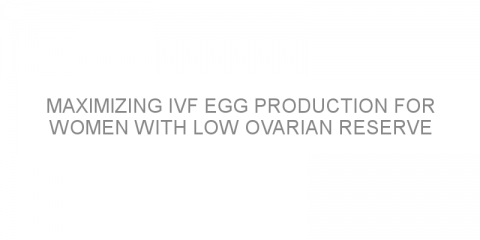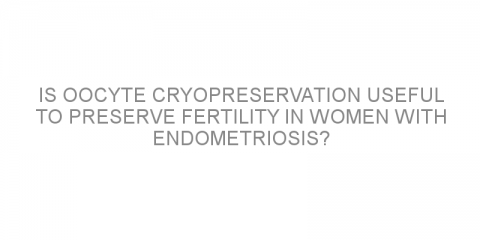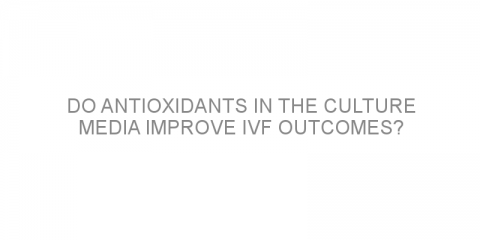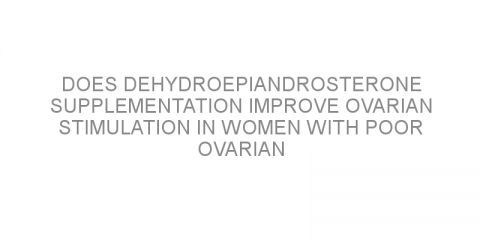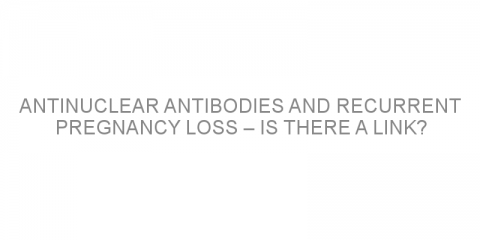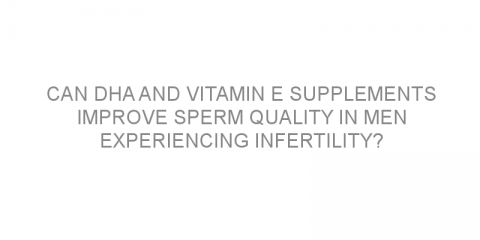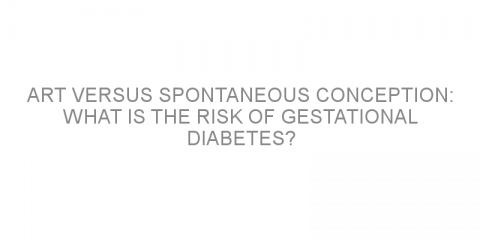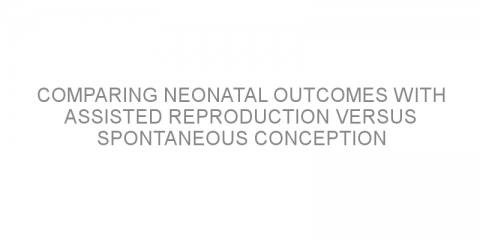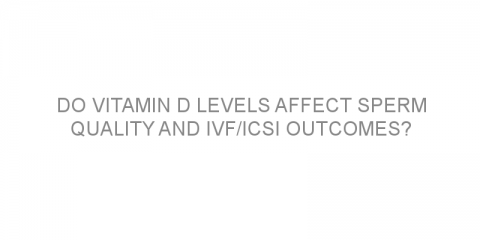In a nutshell This article gives an overview of ovarian stimulation (OS) during assisted reproductive techniques (ART). Some background Many couples with infertility opt to use ART. In vitro fertilization (IVF) is an ART in which eggs are collected and fertilized embryos are implanted in the uterus. The first step of IVF is to cause...
Read MoreInfertility Posts on Medivizor
Maximizing IVF egg production for women with low ovarian reserve
In a nutshell This study compared in vitro maturation (IVM) to double ovarian stimulation (DuoStim) for women expected to have a poor outcome from in vitro fertilization (IVF). It found that both methods increased the number of eggs compared to standard IVF, and that DuoStim may be more effective. Some background The first step of the infertility...
Read MoreIs oocyte cryopreservation useful to preserve fertility in women with endometriosis?
In a nutshell This study investigated if oocyte cryopreservation (OCP) is useful in women with endometriosis (EDM). They found that OCP before surgery to treat EDM was useful in these women. Some background Infertility is a growing problem worldwide. One of the causes of female infertility is endometriosis (EDM). EDM can cause pain and...
Read MoreAre progestins as effective as gonadotrophin releasing hormone medications for women trying to conceive?
In a nutshell This study compared the effectiveness and safety of progestins to gonadotrophin-releasing hormone (GnRH) medications for women trying to conceive. The results showed that progestins were as effective and safe as GRH medications and could be used as a cheaper alternative. Some background For women using medical assistance to...
Read MoreDo antioxidants in the culture media improve IVF outcomes?
In a nutshell This study looked at whether adding antioxidants to the media used to culture oocytes (eggs) improved outcomes from in vitro fertilization (IVF). It found that antioxidant media led to more good quality embryos and higher pregnancy rates than standard media. Some background IVF is an infertility procedure in which oocytes (eggs) are...
Read MoreGnRH antagonist vs GNRH agonist protocol: which patients does it benefit?
In a nutshell This study compared gonadotropin-releasing hormone (GnRH) agonist versus GnRH antagonist protocols for stimulating the ovaries. It found that women under 30 years with high ovarian reserve benefited from the antagonist protocol, while the agonist protocol was better for women over 40 years or with low ovarian reserve. Some background...
Read MoreDoes dehydroepiandrosterone supplementation improve ovarian stimulation in women with poor ovarian reserve?
In a nutshell This study investigated if dehydroepiandrosterone (DHEA) improves controlled ovarian stimulation (COS) in women with poor ovarian reserve (POR). They found that DHEA improved ovarian response in these women. Some background Ovarian reserve is a measurement of female fertility. It tells us of many ovarian follicles a...
Read MoreAntinuclear antibodies and recurrent pregnancy loss – is there a link?
In a nutshell This study investigated if antinuclear antibodies (ANA) are associated with recurrent pregnancy loss (RPL). They found that positive ANAs were associated with a higher risk of RPL. Some background Recurrent pregnancy loss (RPL) is a common condition. RPL is when a woman has two or more pregnancy losses. Treating RPL is...
Read MoreCan DHA and vitamin E supplements improve sperm quality in men experiencing infertility?
In a nutshell This study examined if docosahexaenoic acid (DHA) and vitamin E supplements improved sperm quality in men experiencing infertility. The results showed that when the two supplements were taken together, sperm movement and the numbers of sperm improved significantly. Some background Sperm quality is a common problem in men...
Read MoreART versus spontaneous conception: what is the risk of gestational diabetes?
In a nutshell This study investigated the risk of gestational diabetes (GD) with assisted reproductive technology (ART). They found that women that underwent ART had a higher risk of GD compared to spontaneous conception. Some background Assisted reproductive technology (ART) is used to treat infertility. In vitro fertilization (IVF) is an ART....
Read MoreComparing neonatal outcomes with assisted reproduction versus spontaneous conception
In a nutshell This study investigated neonatal outcomes (NOs) after embryo transfer (ET) compared to spontaneous conception (SC). They found that fresh and frozen ETs were associated with some adverse NOs such as preterm birth (PTB). Some background Assisted reproductive technology (ART) is used to treat infertility. Infertility rates are...
Read MoreDo vitamin D levels affect sperm quality and IVF/ICSI outcomes?
In a nutshell This study investigated whether vitamin D levels affect sperm parameters and the outcomes of vitro fertilization (IVF) or intracytoplasmic sperm injection (ICSI). It found that men with low vitamin D levels had worse sperm parameters, but that their outcomes from assisted reproduction were the same. Some background Sperm count and...
Read More

